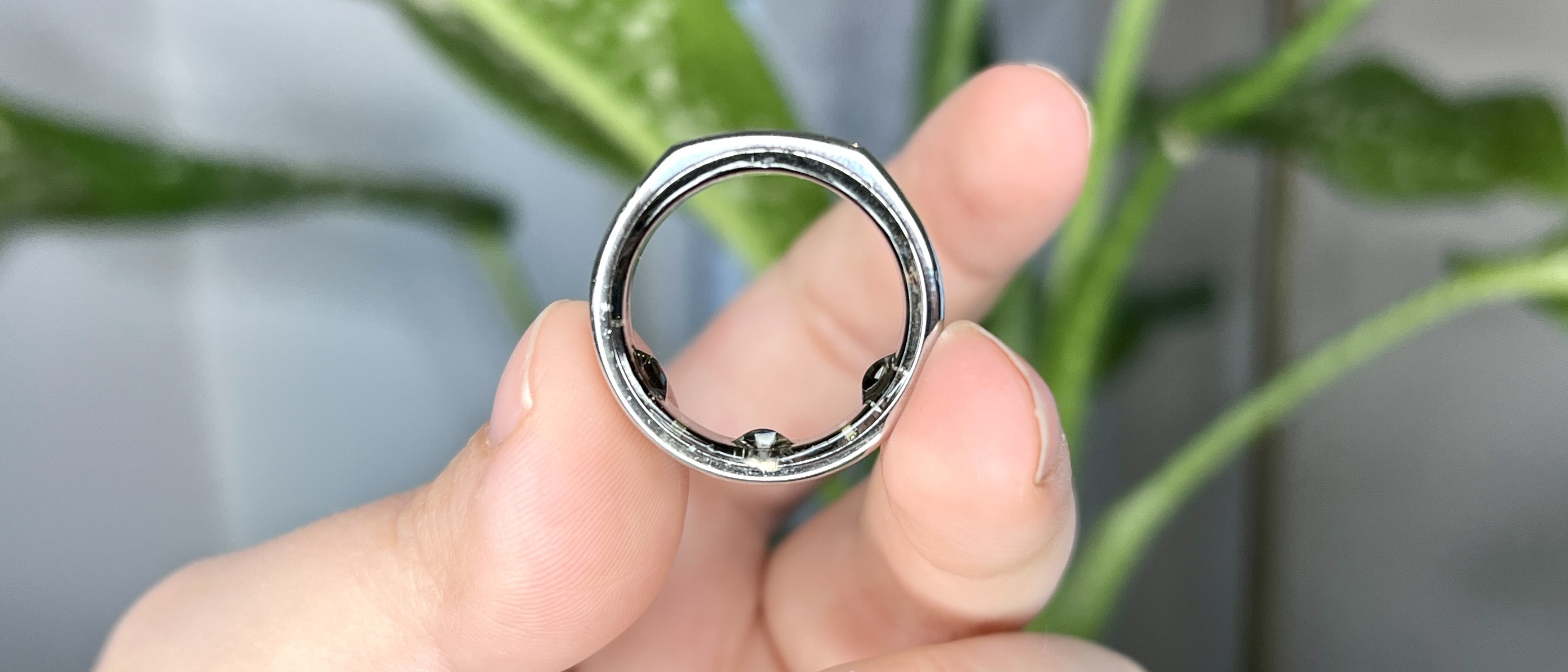Tom's Guide Verdict
The Oura Ring Generation 3 is an effortlessly discreet fitness tracker with advanced sleep metrics and actionable recovery tools.
Pros
- +
Unobtrusive, durable design
- +
Thorough sleep tracking
- +
Rest Mode
- +
Long battery life
Cons
- -
Fitting process is tedious
Why you can trust Tom's Guide
The Oura Ring probably isn’t like any other fitness trackers I’ve used before. For one, it’s literally a ring, so I wear it on my index finger rather than my wrist. It also doesn’t have any buttons or physical controls.
I’m generally skeptical of untraditional wearables, especially when you’re expected to actually wear them everyday. But after using the Oura Ring Generation 3 for over a year, it’s joined my Apple Watch Series 9 as a daily driver and it's easy to see how this finger-worn tracker is one the best smart rings around.
This review was originally published in December 2021. On October 3, 2024, Oura announced the Oura Ring 4, with improved battery life, a new all-circular design, and more accurate sensors. And if you're already a Gen 3 wearer, Oura has also redesigned the app for everyone to make it easier to track trends along with several new features. I'd suggest taking a look at my Oura Ring 4 review to see why it's a good improvement over the Gen 3.
In fact, with advanced sleep metrics and actionable recovery advice, it fills the gap in holistic health tracking my Apple Watch lacks. It could even replace my smartwatch, so I could switch to a traditional timepiece.
My Oura Ring Generation 3 review covers the three cruxes of using this smart ring, as well as my experience with sizing, battery life and what happened when I put the ring through the washing machine. Yes, that happened over my one year wearing the Oura Ring.
Oura is constantly adding new features and integrations. It recently added a new AI features and stress-detection, as well as compatibility with Strava and Apple Watch complications. Be sure to check out why one our fitness editors thinks the Oura Ring is a great device for tracking periods, and how it even helped her realize she's pregnant.
Oura Ring Generation 3 cheat sheet:
- The Oura Ring might look like your average piece of jewelry, but it’s loaded with sensors for your heart rate, respiratory rate and body temperature. It also boasts a 3D accelerometer for movement detection.
- It’s available in two shapes and multiple different metal finishes, but you’ll need to use a sizing kit to find the proper fit. While the sizing process is a little tedious, it’s essential to fitting something you’re supposed to wear 24/7.
- Speaking of 24/7 wear, the Oura Ring only needs to be removed for charging every 4-7 days. It’s waterproof and protected against soaps, oils or other elements your fingers may come in contact with.
- There are three key elements to the Oura Ring health-tracking experience: Activity, sleep and readiness. We’ll go over each pillar below.
- Unlocking the entire Oura Ring experience requires an Oura Membership. It costs $5.99/month. I’d consider this a significant added cost, but it’s not uncommon in the fitness tracking market these days.
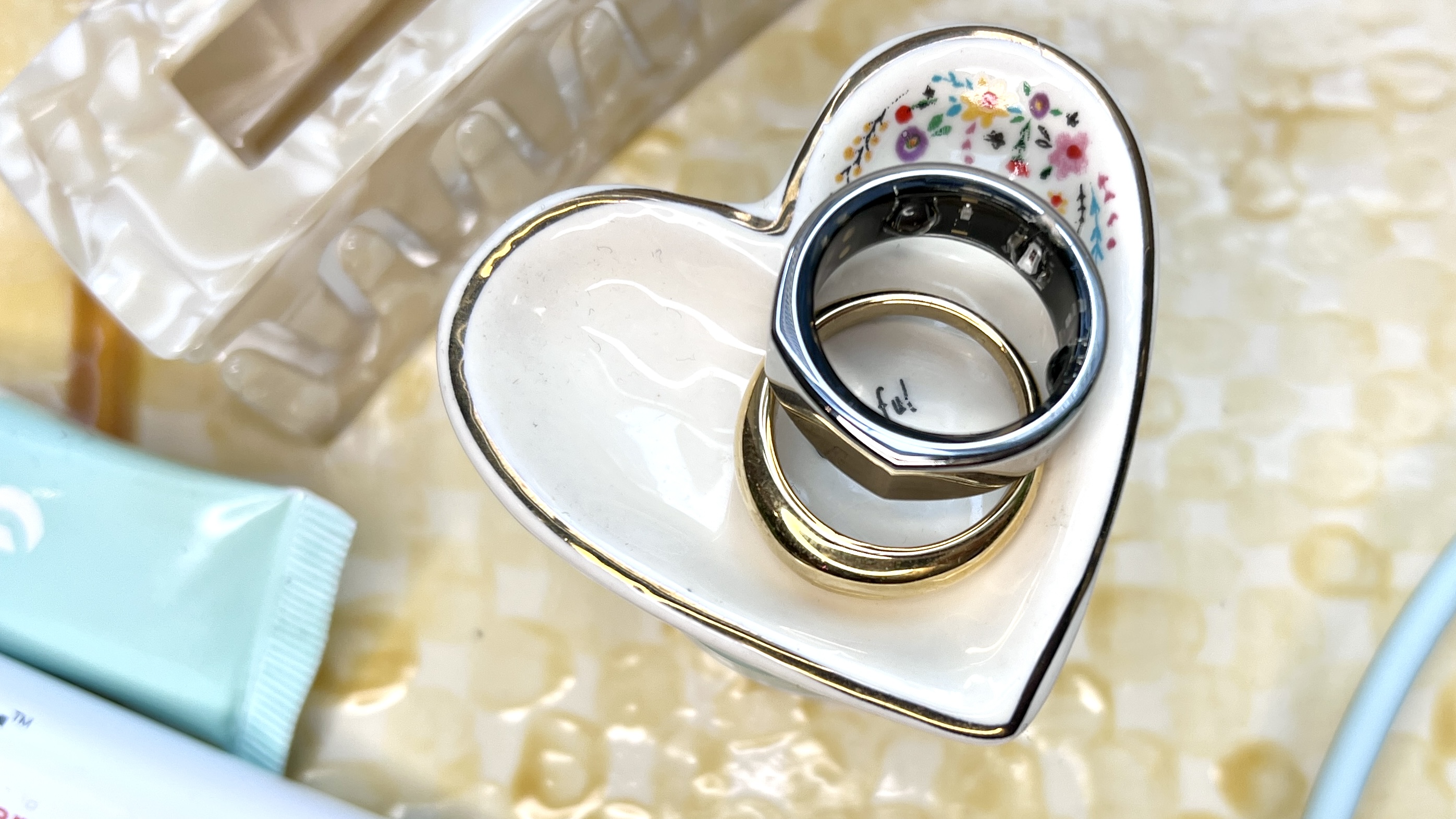
Oura Ring Generation 3 price and availability
The Oura Ring Generation 3 is available now, starts at $299 and comes in multiple metal finishes such as Silver, Black, Stealth and Gold. You can buy the Oura Ring DTC, or from Amazon and Best Buy.
Before you get your ring, you’re sent a sizing kit. There are 8 total Oura Ring sizes, but they might not match up with regular ring sizes. After trying on the sizing kit’s dummy rings, I determined I needed one size larger than my non-tech rings. The process felt a little wasteful (Oura suggests sharing the sizing kit with a friend) but it’s important to find the proper fit. Wearing this thing to sleep needs to be comfortable, after all.
Get instant access to breaking news, the hottest reviews, great deals and helpful tips.
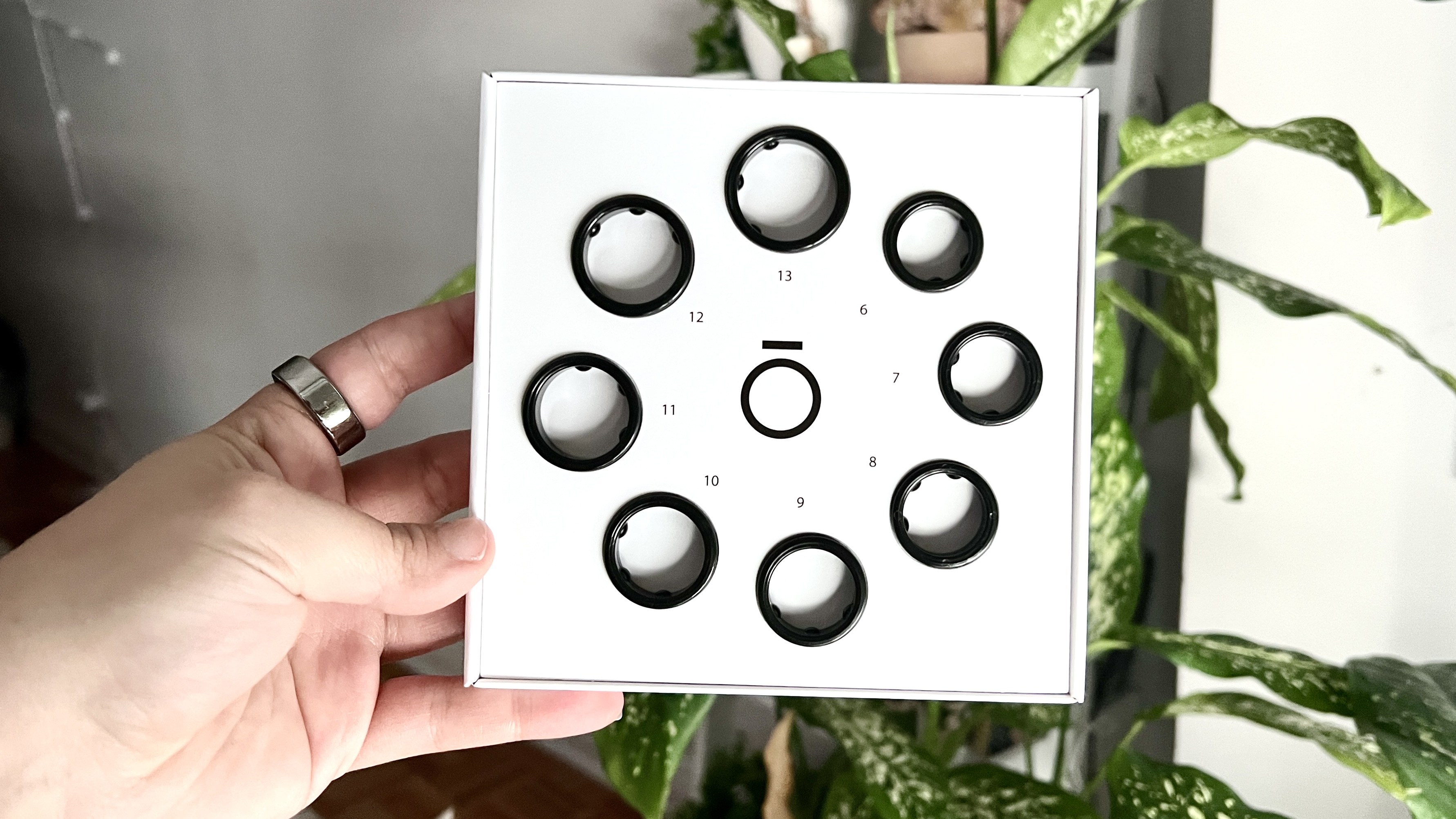
An Oura Ring Generation 3 purchase comes with a complimentary 6-month Oura Membership. Once the trial is up, the Oura Membership costs $5.99/month. The membership is needed for most of the Oura Ring’s features, insights and personalized recommendations.
Oura Ring Generation 3 review: Design
You wouldn’t know the Oura Ring Generation 3 isn’t regular jewelry just from seeing it on someone’s finger. The silver one I received for review blends in with my greater assortment of simple silver rings, but I made a party trick out of pulling the titanium loop off to reveal the underside sensors.

The three inner ridges house heart rate, respiratory rate and body temperature sensors. For accurate readings, it’s recommended to wear the Oura Ring Generation 3 on your index finger with the slightly-flattened edge of the ring facing up.

Wearing the Oura Ring for a month-plus felt unobtrusive. Since it’s waterproof and safe for contact with sweat, soaps and elements your hands might face on the day-to-day, I didn’t need to take it off when I worked out, washed my hands or cooked dinner. It even slipped into a load of laundry by accident and survived with ease. I wouldn’t recommend recreating this particular durability test though.
Oura Ring Generation 3 review: Activity
The Oura Ring Generation 3 isn’t the most impressive fitness tracker. Without a display, it’s obviously not designed to show metrics while working out. So if you’re pacing yourself on a run, you’ll instead want to stick with one of the best running watches or best GPS watches.
Instead, the Oura Ring app can track calorie burn, steps, walking equivalency (daily activity burn as a walking distance) and hourly movement. It gauges workout intensity based on your heart rate and minutes of elevated activity, as well using imported workout data from Apple Health or Google Fit.
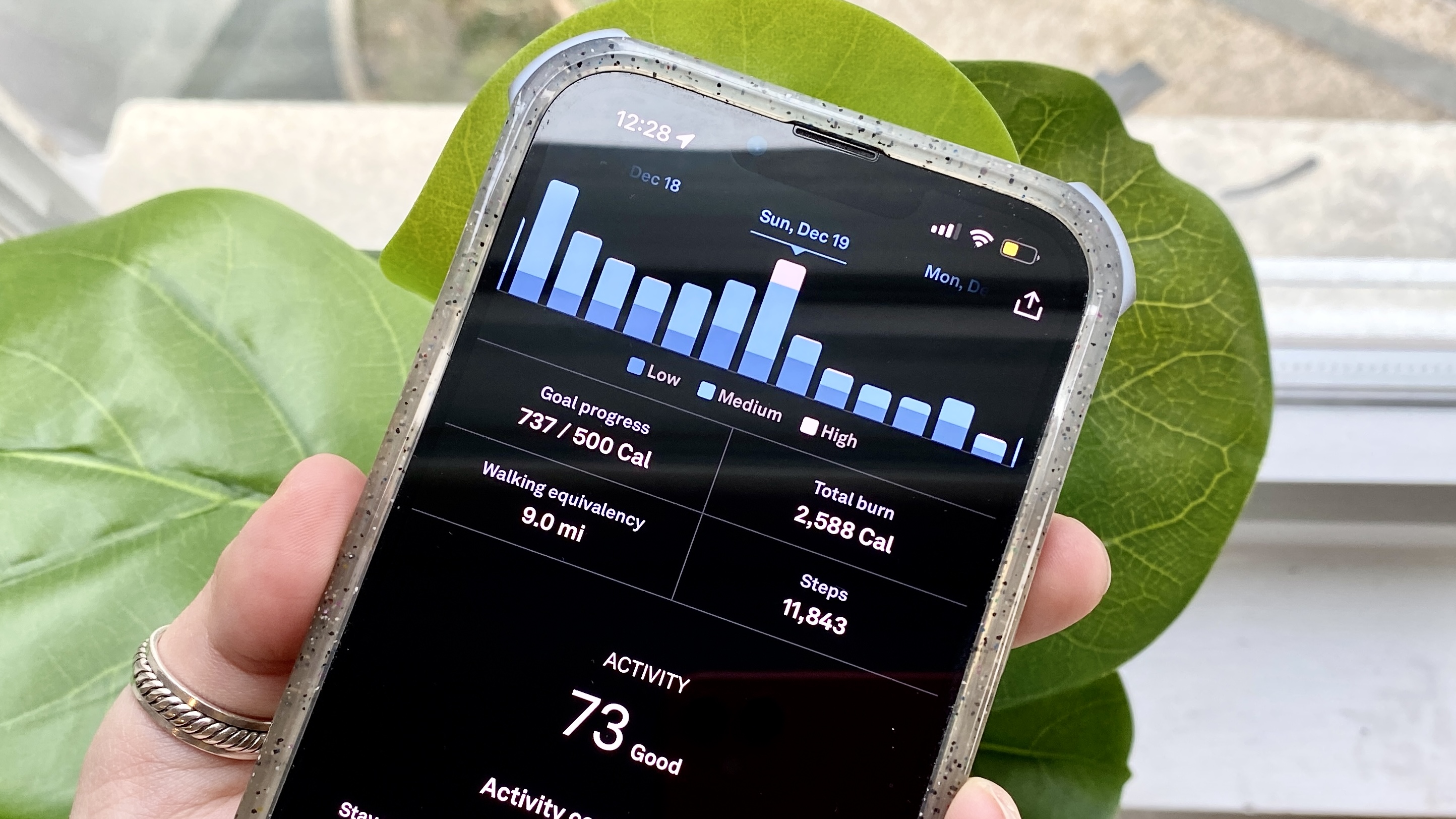
I paired my Health app, which syncs with my Apple Watch Series 9, so all my Apple Watch-tracked workouts appeared in the activity tab of the Oura app. If you don’t have one of the best smartwatches or another fitness tracker, the Oura app lets you retroactively log exercise and can even guess a completed workout. Mine almost always knew when I went on a walk.
Oura Ring activity is scored based on how few minutes you’re inactive, how often you’re working out, the amount of recovery time you’re allowing your body and whether you’ve needed push alerts to stand up every hour. I usually scored in the 80s, though it took me a while to understand that my daily calorie goals adjust based on my readiness — more on that later.
Oura Ring Generation 3 review: Sleep
I’m someone who wears most of my everyday jewelry to sleep, so keeping the Oura Ring on in bed was no hassle. At a glance in the Oura app, I can review my total time laying down, hours asleep, resting heart rate overnight and sleep efficiency percent. I’m also given a daily sleep score based on these factors, plus hours of REM sleep, hours of REM sleep, hours of deep sleep, sleep latency (how long it takes you to fall asleep) and sleep timing.
I particularly like how Oura visualizes rest. For example, I never fully grasped that all my deep sleep happens before 4 a.m.,

To help with sleep timing, the Oura app will send a notification when it’s the window to start winding down for bed. Except I was often sent this alert before 9 p.m., well before I would ever get under the covers. Though I’m sure Oura’s suggestions would help with the excessive exhaustion I’ve felt recently, I think I prefer my Apple Watch’s set sleep routine, which tells me to wind down at the same time every weeknight.

But the Oura Ring’s sleep metrics are far more advanced than my Apple Watch’s, and more accurate as well. It knew every time I stirred throughout the night, even if I simply opened my eyes to see the time. A color-coded timeline tells me my time spent awake or in REM, deep or light sleep. The best Fitbit trackers and best Garmin watches can recognize sleep stages, too, but I particularly like how Oura visualizes rest. For example, I never fully grasped that all my deep sleep happens before 4 a.m., even though I’ve tested many sleep-tracking wearables before.
Oura Ring Generation 3 review: Readiness
The activity and sleep metrics contribute to the Oura Ring’s true hallmark — the readiness score. The readiness score determines when your body is ready for physical activity, or when it’s time to take it easy. Any score 85 or over indicates a good split of movement and rest, though an optimal score is achieved when your resting heart rate, heart rate variability, body temperature, sleep and activity are balanced.
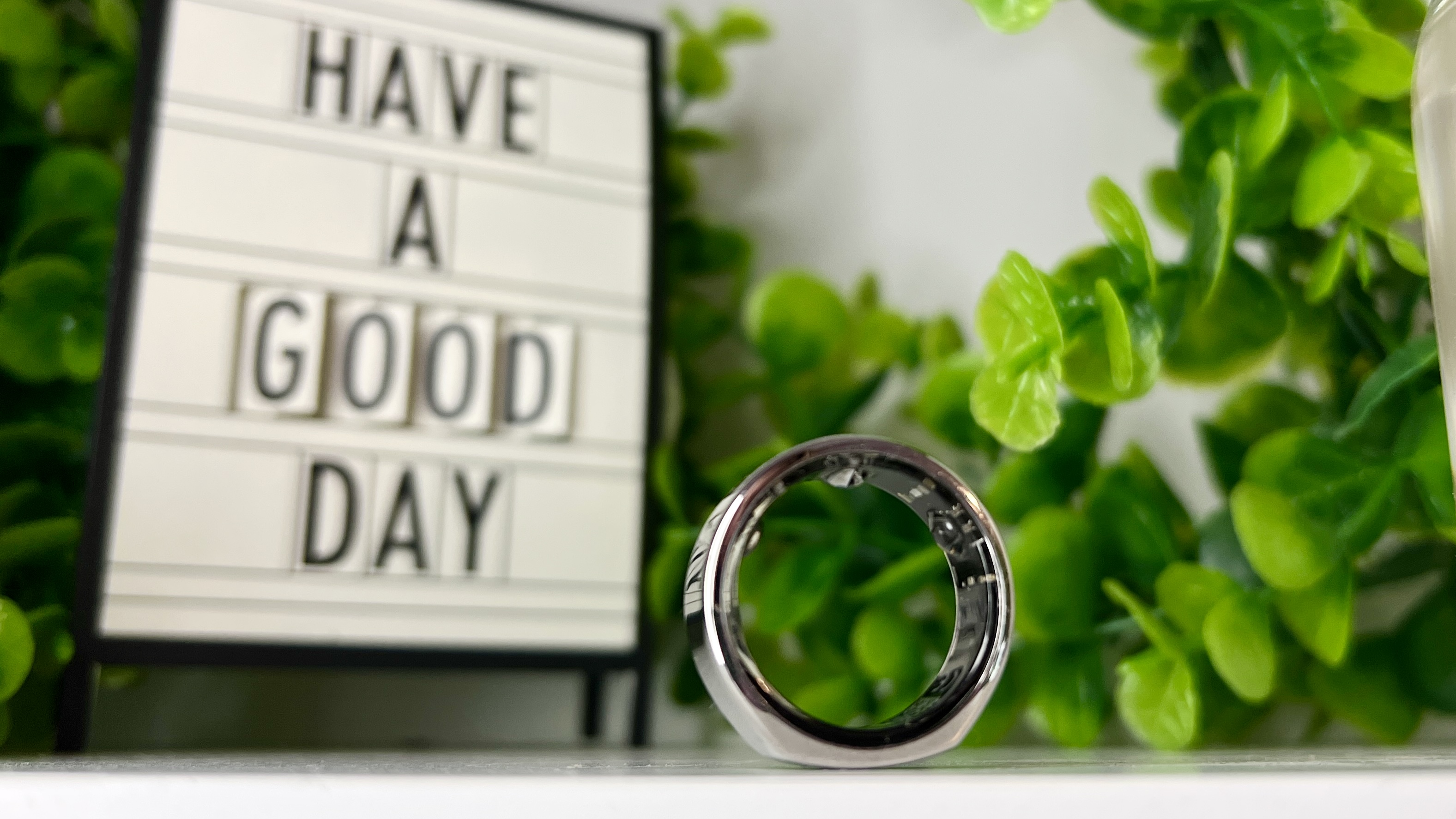
Recovery is important to reaching your overall wellness goals. If you’re not physically or mentally rested, you could possibly suffer workout-related injuries or amplify stress. I know from personal experience, I’ve been there. Sometimes you need a day where it’s OK to not close your Apple Watch rings or reach your Fitbit calorie goals and relax.
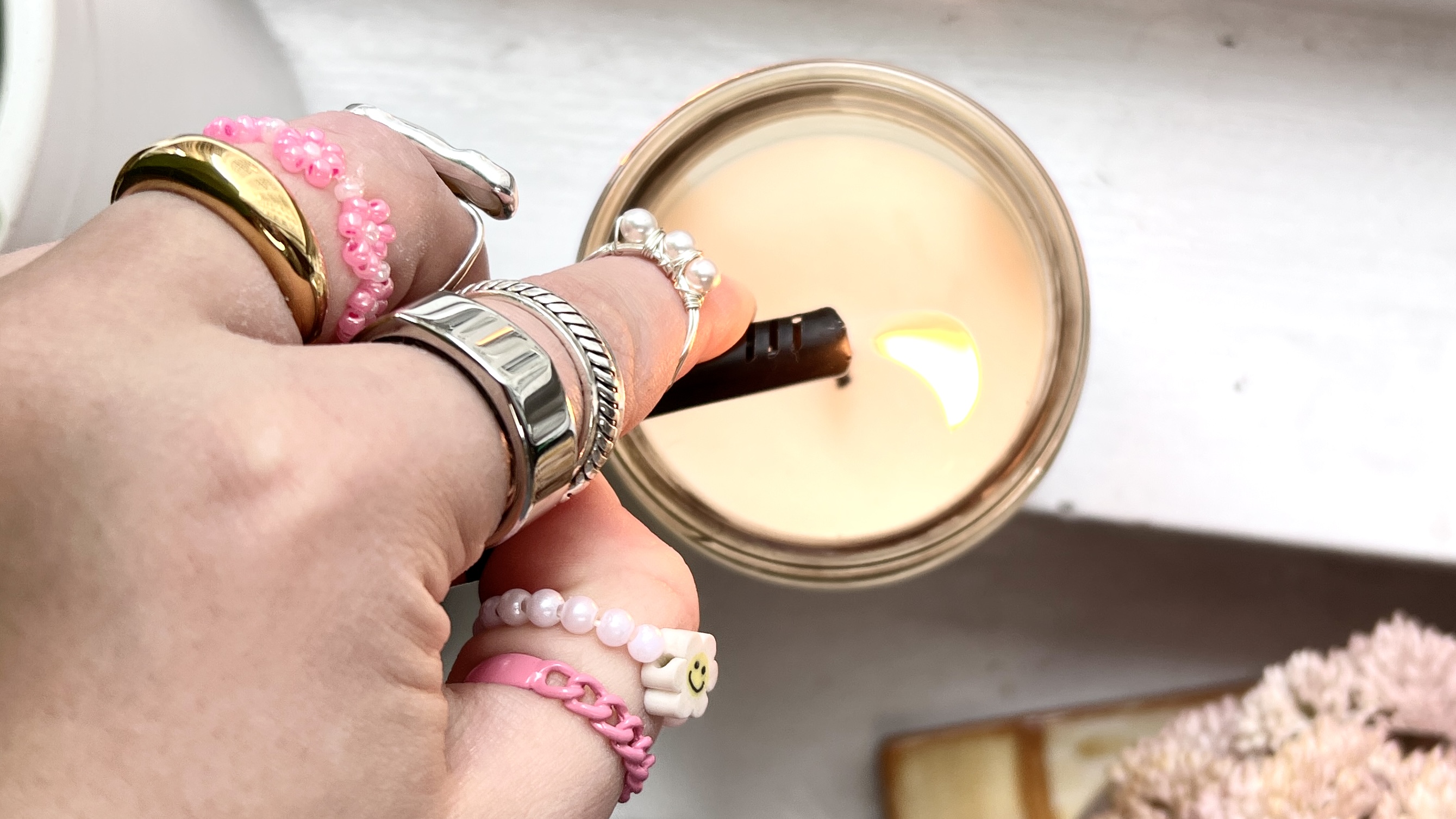
The Whoop band already tracked recovery data, while Fitbit rolled out a similar Daily Readiness Score not too long ago. But Oura Ring takes it one step further with an advised Rest Mode when it detects irregular body temperature, possibly indicating illness or another reason to slow down. If you’re not getting sick, but think you need a day off, you can also manually enter Rest Mode to turn off your activity goals and movement notifications. I used it the day after I received my COVID-19 vaccine booster and appreciated the break, even if my empty Apple Watch rings still attempted to shame me.
Oura Ring Generation 3 review: Battery life
The Oura Ring Generation 3 battery life is estimated for 4-7 days. I never could go a full week without changing, though. I found my ring needs juice about every 5 days, which is just long enough to not get annoying. I already charge my iPhone and Apple Watch every day, I certainly don’t want to add a third device to the mix.

When it’s time to charge, the Oura Ring sits on a dedicated wireless charging base. The base’s indicator light turns white to let you know it’s charging. You’ll get a notification on your phone when your Ring reaches 100% battery life, which took a little over an hour in my experience.
Oura Ring Generation 3 review: Verdict
It’s rare I test a wearable I actually want to wear every day. The last time it happened was the displayless Amazon Halo Band which, similar to the Oura Ring, acted as an unobtrusive supplement to smartwatch. But the Oura Ring does a better job at disappearing — I only remember I’m wearing it when I want to show it off or it needs to charge. It certainly helps that it looks like the rest of my jewelry.
While I wish buying into the experience didn’t come with a monthly cost, the Oura Ring membership is promising enough software to convince me it's worthwhile. A period-tracking feature that guesses your cycle start is in beta, while a collection of relaxing audio sessions appears to be growing as well. Oura says a version of real-time fitness tracking you can follow on the app is on the way, too.
Might you want to wait for these features to invest? Sure. But if you’ve been waiting for a fitness tracker that doesn’t force you to replace your nice wristwatch, or one that effortlessly supplements your smartwatch with deeper recovery features, the Oura Ring Generation 3 could be the ultimate answer. I know it was mine.

Kate Kozuch is the managing editor of social and video at Tom’s Guide. She writes about smartwatches, TVs, audio devices, and some cooking appliances, too. Kate appears on Fox News to talk tech trends and runs the Tom's Guide TikTok account, which you should be following if you don't already. When she’s not filming tech videos, you can find her taking up a new sport, mastering the NYT Crossword or channeling her inner celebrity chef.
